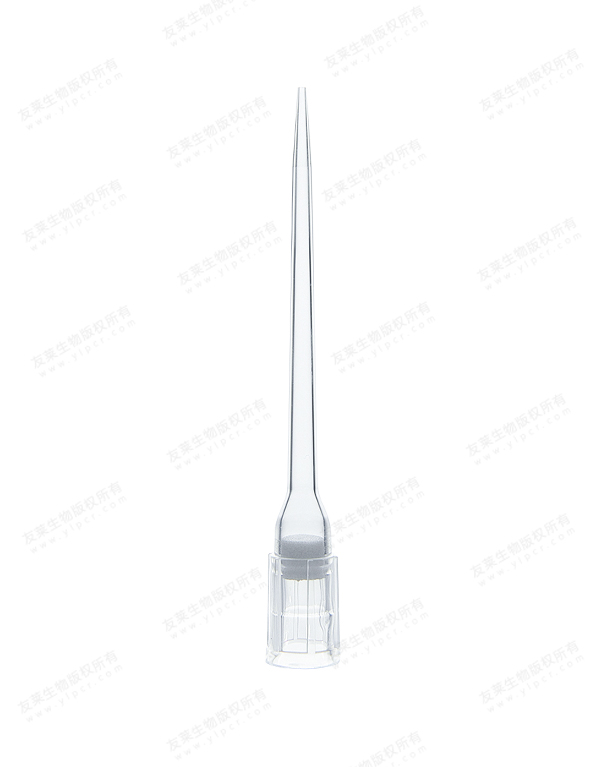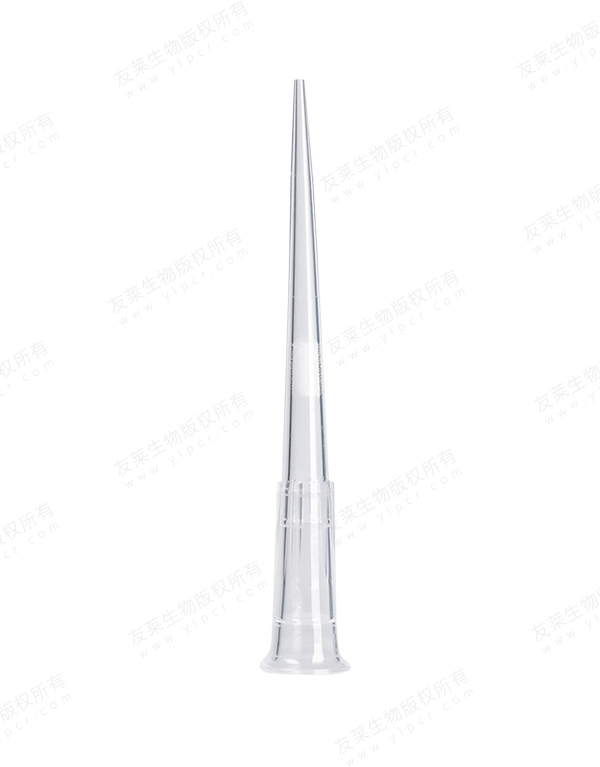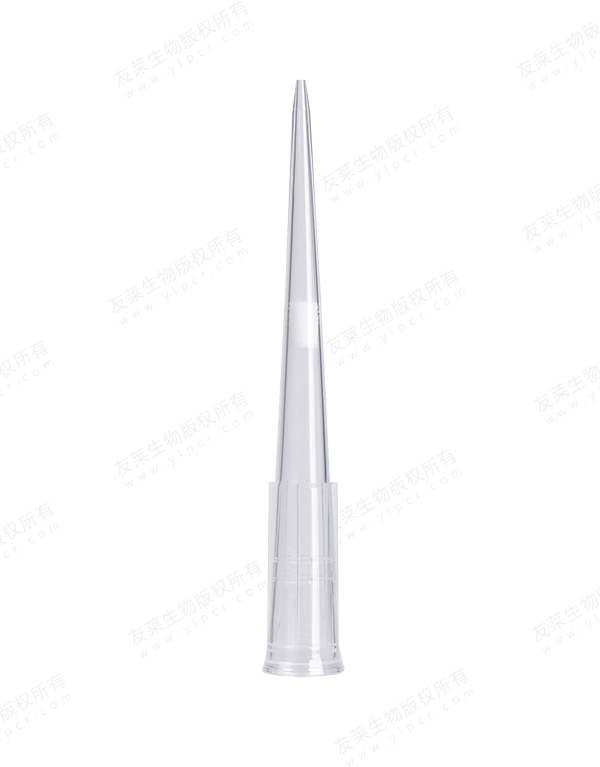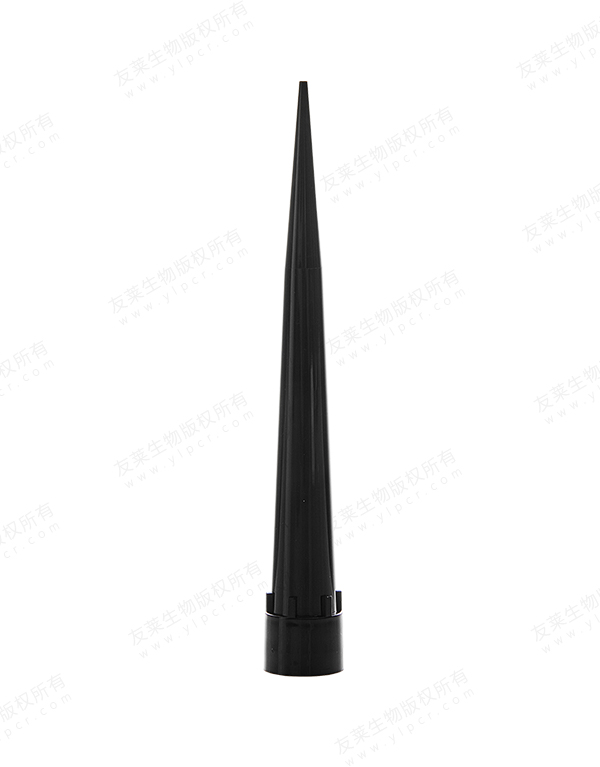In the realm of laboratory research and diagnostics, efficiency and precision are paramount. Centrifuge tubes, a fundamental component in many laboratory workflows, play a crucial role in separating and processing samples. From basic sample preparation to advanced molecular biology techniques, these tubes contribute significantly to the seamless transition from samples to solutions.
Sample Separation and Clarification:
Centrifuge tubes are widely used for sample separation through centrifugation. When placed in a centrifuge, the tubes rotate at high speeds, generating centrifugal forces that cause particles within the sample to move towards the bottom of the tube. This process separates components based on density, allowing for the isolation of cells, proteins, DNA, and other biomolecules. The clarity and purity of the resulting solution are critical for downstream applications.
Diverse Material Compatibility:
Centrifuge tubes are available in a variety of materials, including polypropylene and polyethylene. This diversity in material options ensures compatibility with different types of samples and applications. For example, polypropylene tubes are commonly used for general-purpose applications, while ultracentrifuge tubes, made of materials like ultraclear polymers, are suitable for high-speed and high-volume centrifugation in advanced research.
Graduated and Labeled Tubes:
Many centrifuge tubes come with graduated markings and labels, providing convenience and accuracy in sample measurement. Precise volume measurements are crucial for preparing solutions, conducting experiments, and ensuring reproducibility in research. Graduated tubes eliminate the need for additional measuring devices, streamlining laboratory processes and reducing the risk of errors.
Secure Sealing Mechanisms:
Proper sealing is essential to prevent sample contamination and ensure the safety of laboratory personnel. Centrifuge tubes are designed with secure sealing mechanisms, including screw caps, snap caps, or click-seal lids. These features not only maintain the integrity of the samples during centrifugation but also help preserve the stability of the separated components after processing.
Temperature Control:
Some laboratory processes, especially those involving sensitive samples, require precise temperature control. Centrifuge tubes are available in options that are compatible with temperature-controlled centrifuges. These tubes allow researchers to conduct procedures such as cold centrifugation or maintain samples at specific temperatures during the centrifugation process, preserving the integrity of temperature-sensitive materials.
Adaptability to Various Centrifuge Models:
Laboratories often use different types of centrifuges for various applications. Centrifuge tubes are designed to be compatible with a wide range of centrifuge models, ensuring versatility in laboratory workflows. This adaptability allows researchers to select the most suitable centrifuge for their specific needs without compromising on the choice of tubes.
Specialized Applications:
Centrifuge tubes are not one-size-fits-all; specialized tubes are available for specific applications. Microcentrifuge tubes, for instance, are designed for small sample volumes commonly used in molecular biology, while conical bottom tubes facilitate the efficient pelleting of precipitates. These specialized tubes cater to the diverse needs of laboratories engaged in different scientific disciplines.
Disposable and Reusable Options:
Centrifuge tubes are available as both disposable and reusable options. Disposable tubes eliminate the risk of cross-contamination between samples and are particularly advantageous in clinical settings. Reusable tubes, on the other hand, are designed for durability and may be autoclaved for sterilization, making them cost-effective for certain laboratory processes.

 English
English русский
русский 中文简体
中文简体




